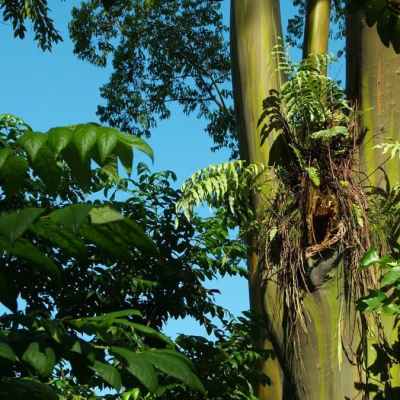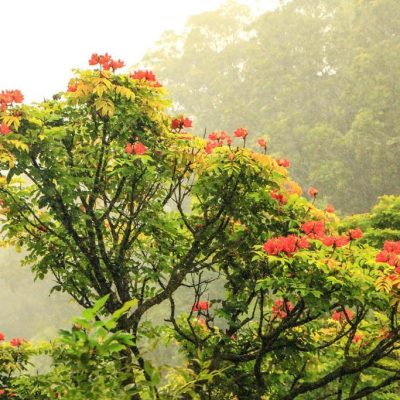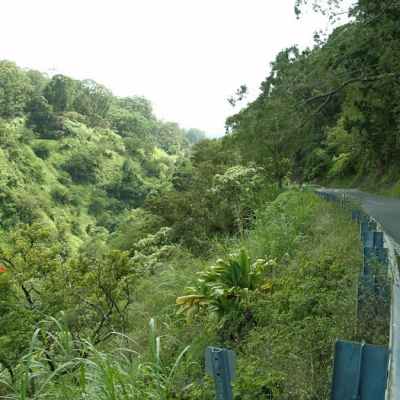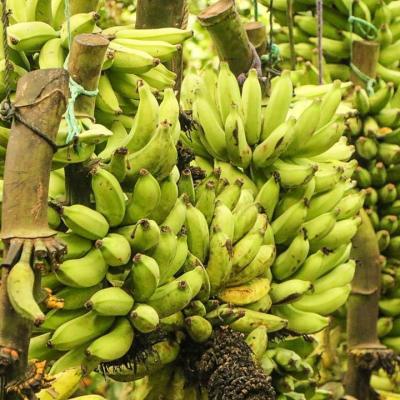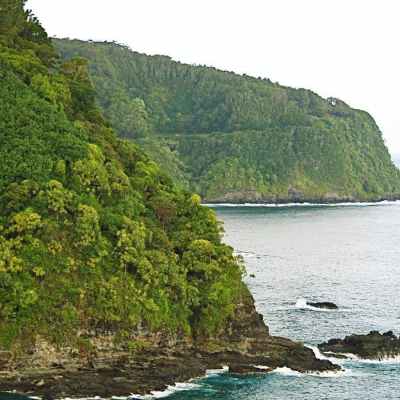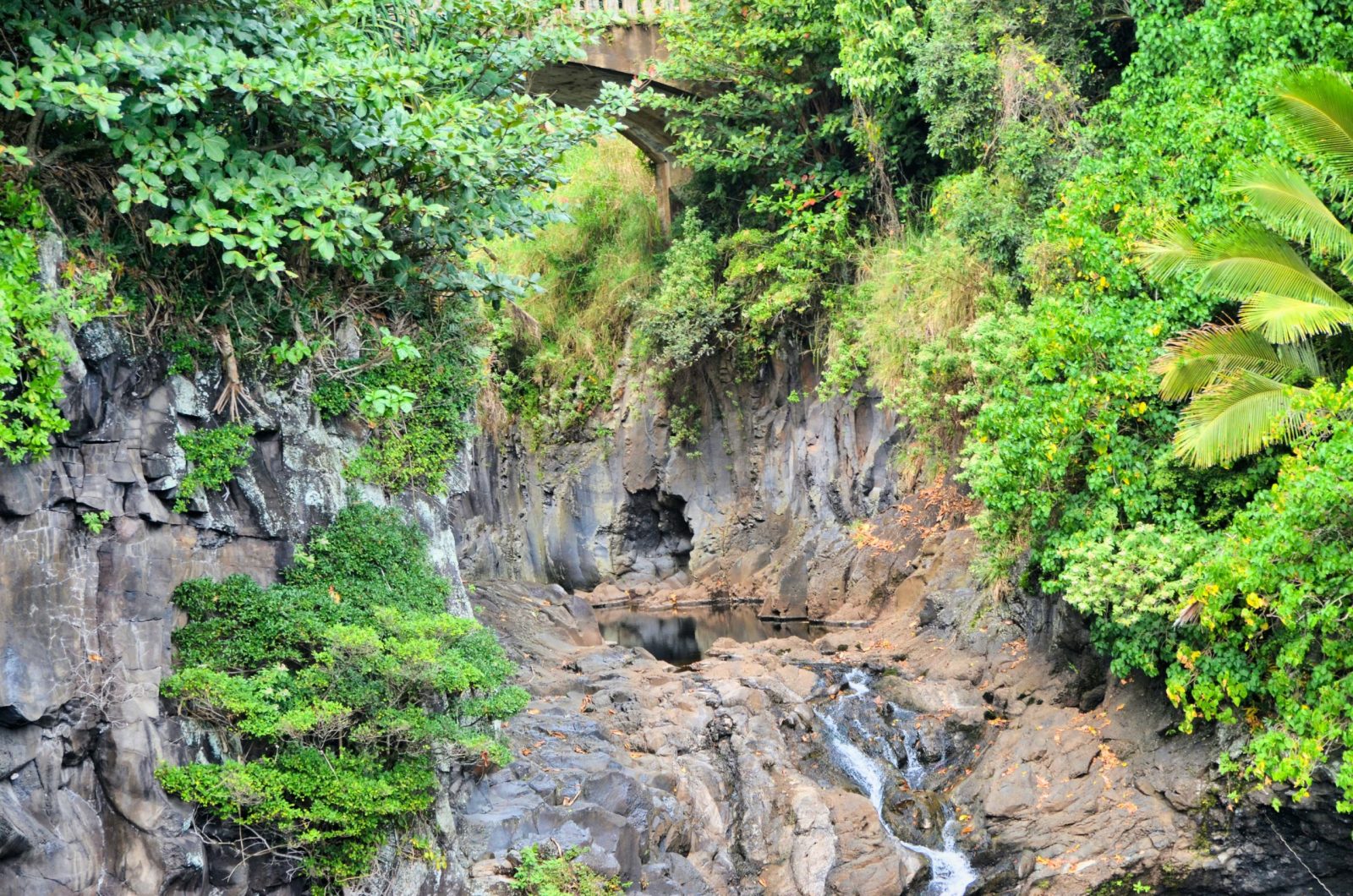See the Maui rainforest on tour
Leaving the beautiful Maui Lani Clubhouse behind means the adventure begins as we cruise past the sugar cane fields of central Maui, through the small, “hippy-chic” beach town of Paia, then it’s the world-famous Road to Hana.
The exotic jungle along the Hana Highway is just overflowing with tropical flora. You’re guaranteed to get unforgettable photos because where else can you find this kind of diversity? Maui has been gifted with incredible natural beauty that can be found all over the island. It has it all! A dry, sunny side of the island and a wet, lush side makes it perfect for visiting year round.
Maui’s volcanic peaks, Pu’u Kukui and Haleakala, provide up to 10,000 ft. of elevation so the island has plenty of variety in the microclimate department and considerable protection from even the biggest storms. Where else on the planet can you experience climates normally spanning from Mexico to Canada all on one small island? Having 17 climates on one island is a truly unique feat of nature! Our Road to Hana Tour winds through, and frequently stops in, Maui’s diverse environment including lush rain forests, dry savannas and mountain pastures with incredible views. This gives our guests the opportunity to not just see, but to feel, smell and hear Maui’s amazing array of flora and fauna. It’s a botany lovers’ dream!

